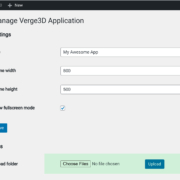As an application architect, eventually, you’d choose the database or database service to power your newest application or a microservice. Selecting one of the databases among relational databases was easier. The use cases were roughly divided into OLTP and OLAP (decision support). The workload differences between OLTP and OLAP were well known. OLTP workloads consist of short transactions on few random rows, expecting millisecond responses on pre-compiled queries; OLAP workloads consist of data loads, long-running queries scanning millions of rows of a fact table of a star/snowflake schema. Each had the performance benchmark and TCO well defined, measured and audited via TPC benchmarks. You can make use of these numbers, approximate your workload, understand the needs and capabilities match on other fronts like administration.
Then, there are NoSQL databases. NoSQL databases were invented to handle the webscale performance of operational applications. It had to be elastic to handle the scale and tolerate nodes going down (aka partition tolerance). That sparked the innovation to create databases on a variety of data models and use cases. There are databases for JSON, graphs, time-series and more. From Azure databases to ZODB, from Couchbase to Cassandra. MongoDB to TiDB, spatial to JSON databases — so many different kinds of databases. In fact, NoSQL-databases.org lists 225 databases as of November 2018.












Laisser un commentaire
Participez-vous à la discussion?N'hésitez pas à contribuer!